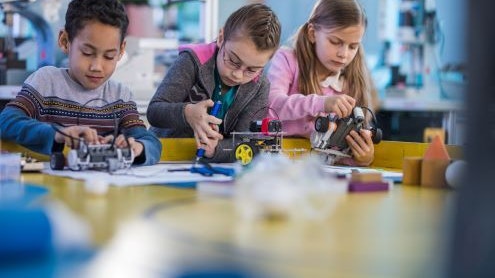Homepage
•
Learning Library
•
Blog
•
8 questions to ask before creating a makerspace
Expand breadcrumbs
Expand breadcrumbs
- Learning Library
- Blog
- 8 questions to ask before creating a makerspace
- Homepage
- •
- Learning Library
- •
- Blog
- •
- 8 questions to ask before creating a makerspace
8 questions to ask before creating a makerspace
By Diana Fingal
September 1, 2020








